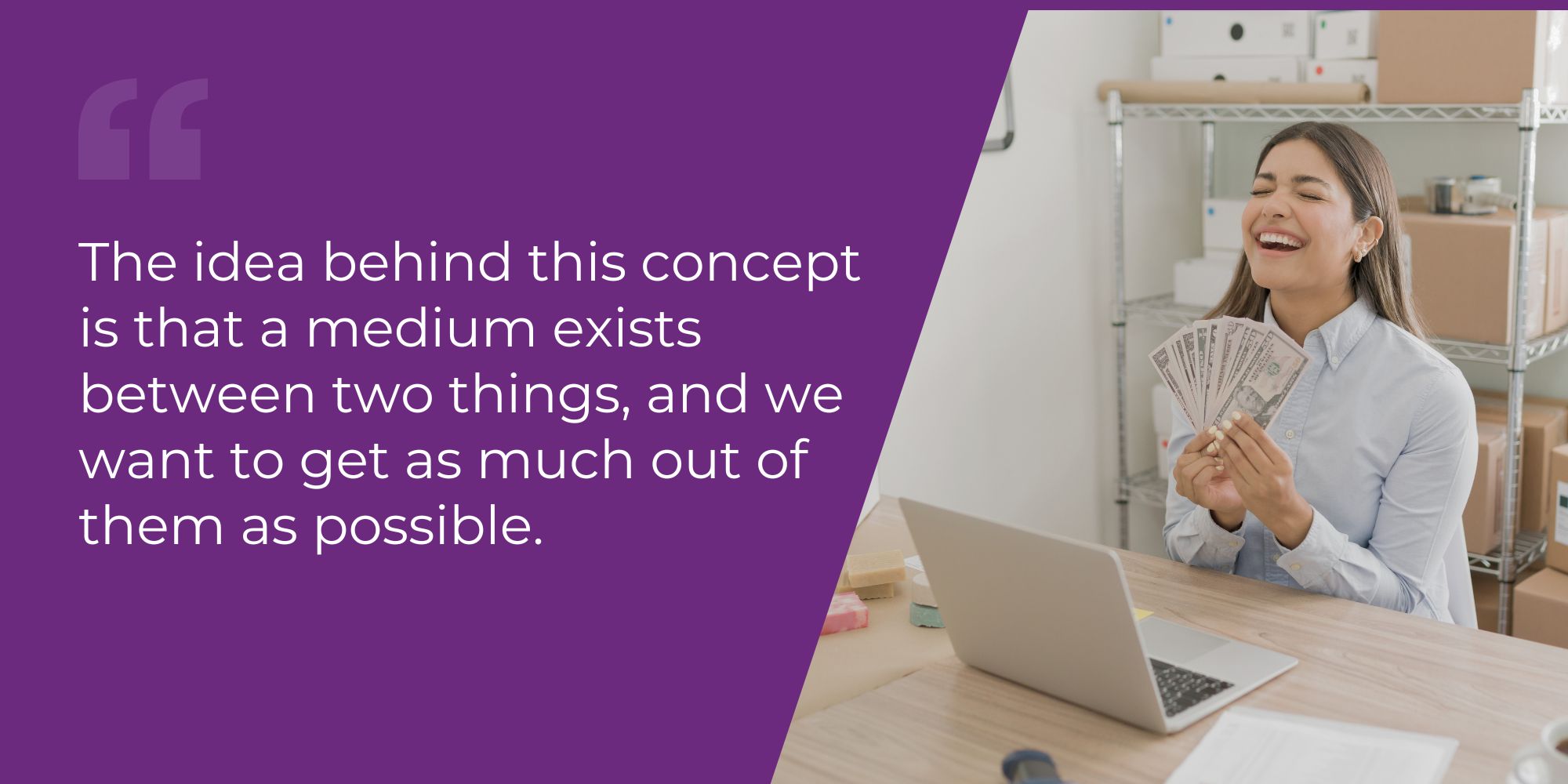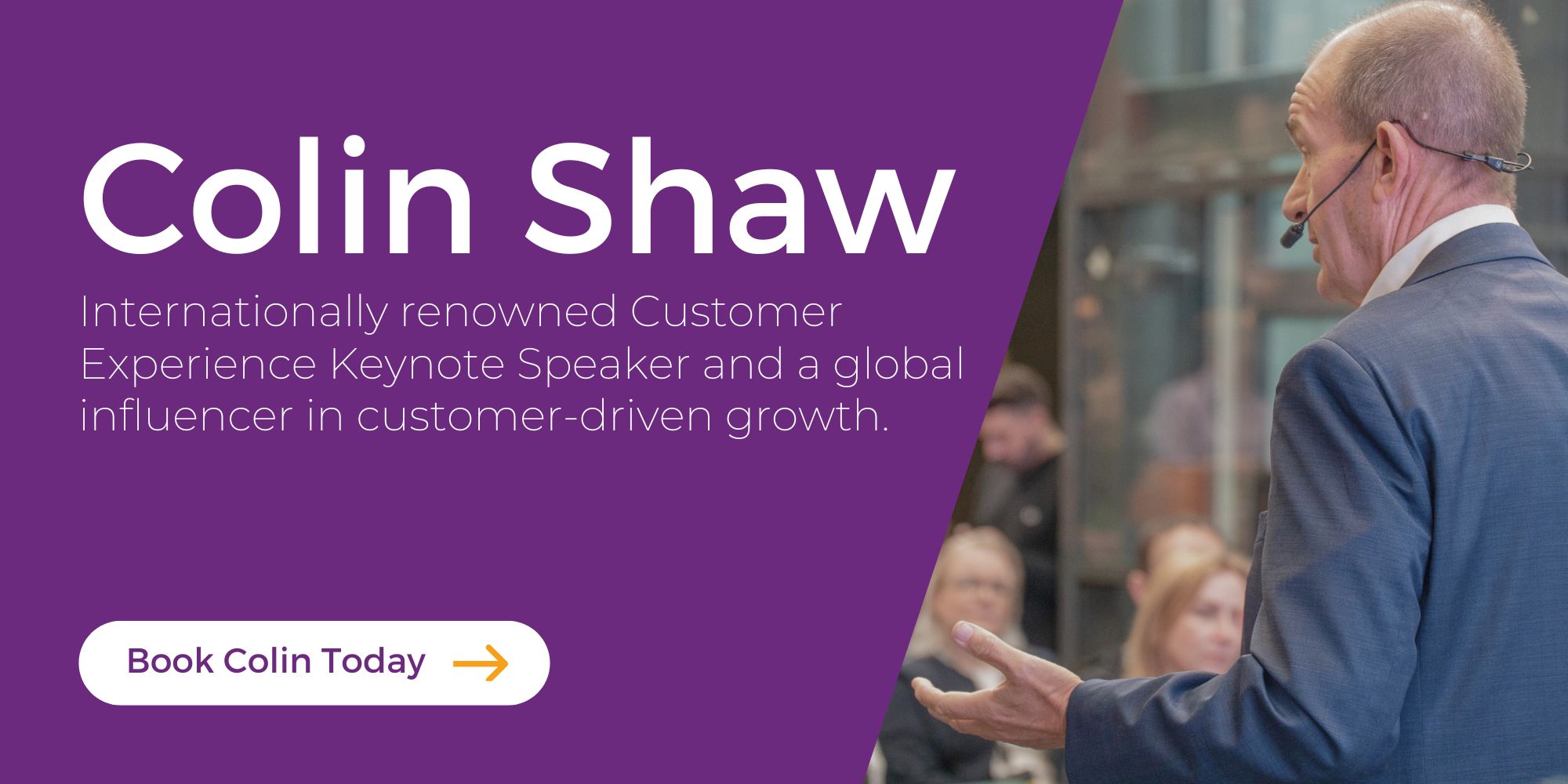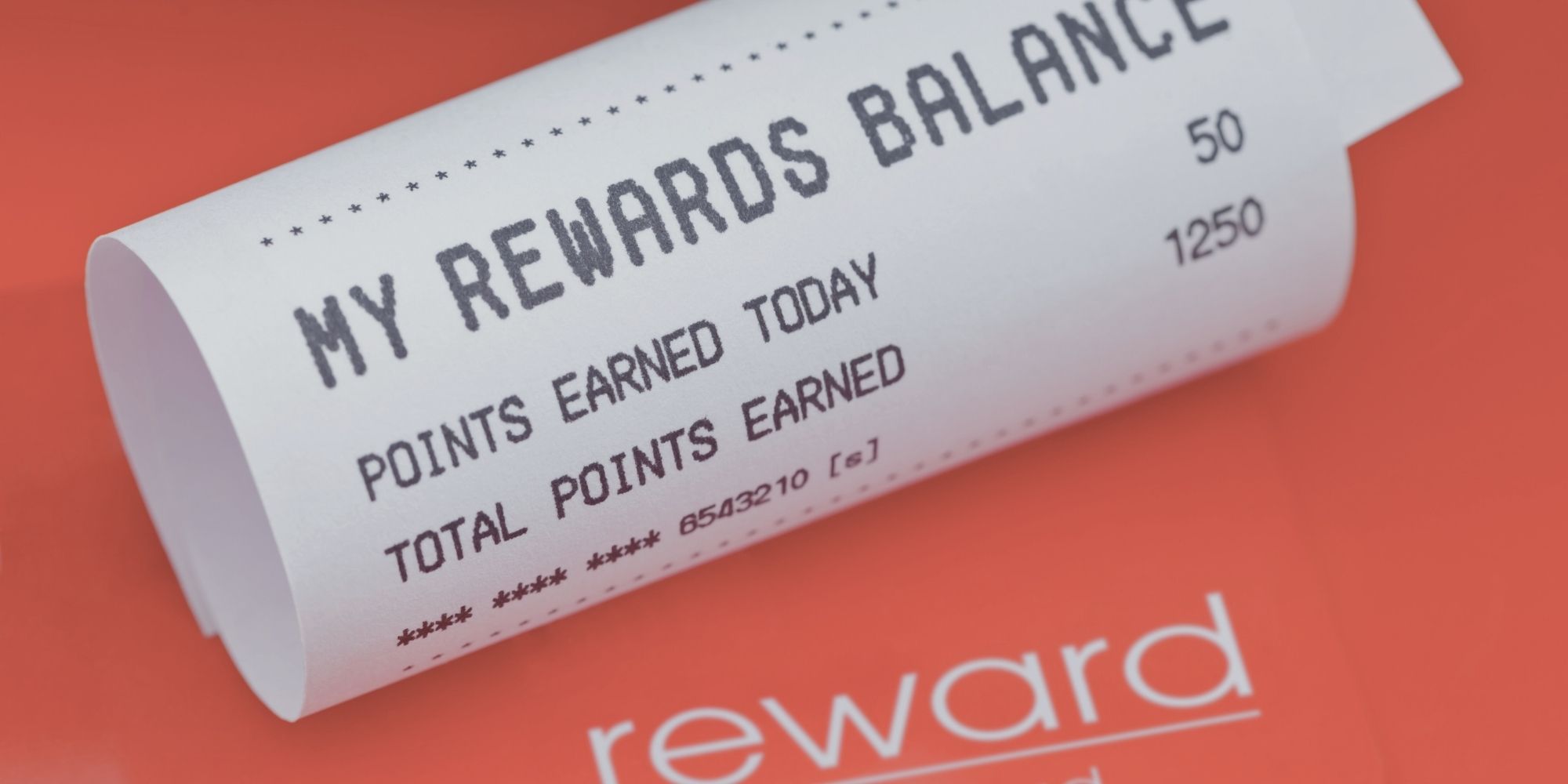Learn more about Colin Shaw: Join over 85,000 people on our LinkedIn Newsletter list or visit our website for more great podcast episodes.
Listen to the podcast:
I fly a lot with Delta, so much so that I have three million loyalty points or SkyMiles with Delta. But I don’t use them. Delta ostensibly designed the SkyMiles system to generate customer loyalty. However, is Delta’s loyalty scheme working if I don’t redeem them?
One of our podcast listeners, Deborah, had the same question. She wants to know why and when she should implement a customer loyalty program for her company. I wanted to share that discussion we had here as well.
Loyalty programs can be a good thing from a business standpoint, such as motivating purchases. However, they rarely motivate loyalty. A more accurate name for this customer product is a rewards program rather than a loyalty program.
That’s because loyalty is emotional. The people you might consider yourself loyal to in your life are people to whom you have an emotional tie. Therefore, loyalty to a company is an emotional attachment. To be clear, I don’t put my Delta SkyMiles ranked up there with my wife, loyalty-wise. But my loyalty to Delta is not based on those SkyMiles either.

Don’t Get Me Wrong, Rewards Are Great
Before we dive deeper into this, I want to clarify that rewards programs are great. People respond to rewards. Rewards work great for generating repeat business from customers.
However, an organization shouldn’t fool themselves into thinking that people who receive the rewards are loyal. You cannot buy loyalty (most of the time); it’s a different type of relationship.
Consider my SkyMiles. The miles are a transactional reason why I deal with Delta. Do I book flights because of them? Yeah, I do. I like the benefits of the program.
I know that the rewards do not create loyalty because I know that if another company offered me the same benefits, I would consider moving. So, I don’t love Delta, but I like earning miles to fly with them.
Now, the fact that I booked flights with them to get the rewards means that Delta has a chance to win my heart. The more times I fly, the more chances they have to deliver the experience that creates an emotional attachment to the brand.
Many psychological theories explain the nature of this relationship regarding the intersection between loyalty and rewards programs. Research teams attacked this idea from many angles.
For example, I realize it’s weird to hang onto those miles instead of spending them on some of my flights. I am storing them in an electronic bank account, checking the total occasionally.
This behavior is called Medium Maximization. The idea behind this concept is that a medium exists between two things, and we want to get as much out of them as possible. In this case, the SkyMiles are the medium between the rewards (i.e., free flights) and me. By storing them all in this account, I know in the future, my flight (or, in my case, flights) will be free, which feels nice. What doesn’t feel nice is the idea of spending them and not having those miles anymore. So, I hang onto them.

Having a medium is also a little like having to use foreign currency. It doesn’t look like what you are used to spending, so we mistakenly assume it’s not the same as spending our usual currency. The foreign nature of the currency disconnects you from the value, making it feel less real, which can lead to changes in how you spend it. Or, as in my case, changes in how you hang onto them.
Hanging on to the medium is a benefit to companies. So, to Deborah’s pickle, the time to start a loyalty program could be now since there is a good chance your loyal customers will never spend their rewards.
However, it doesn’t mean that there is not a cost to loyal programs. There are likely many of them, at least from an administrative perspective. The rewards themselves would have fees associated with them, in whatever form they took, whether physical or opportunity costs. I also imagine a sizeable team managing the details of Delta’s SkyMiles program, which adds to the total cost of the rewards.
Companies can sometimes make the rewards program sound fantastic, but in reality, they aren’t quite as whoopie as the customer thought. For example, a customer might want to use the points for something and discover that the purchase is ineligible or blacked out for some reason. Now, the loyalty program seems less like a reward for loyalty than before, and the points/miles/medium lose value in the customer’s mind. Worse, the negative feelings from the failed use of rewards aren’t doing your experience any favors.
On the other hand, transparent and easy programs can enhance the experience. My Starbucks app is a great example. I can see my many points and what I can use them for in the store.
Check or Credit: Which is Better?
Some might recall that my house in Sarasota flooded this past summer. We are rebuilding, which has a lot of costs associated with it, from drywall to mattresses, to name a few. We put them on credit cards and get cash back on our purchases.
Years ago, the credit card company sent us a check every time we reached $100 in cash back from our purchases. I always enjoyed getting the check. I celebrated getting the money back from all my diligent spending. I would tear it off and deposit it into the bank with a big smile.
Now, they don’t send a check. So, Lorraine told me this morning how much we had in the cashback and that she decided to use it by applying it to the outstanding balance.
I shouldn’t care; we still get the money, but I am a little sad. I liked the check version of this exchange. It felt like getting cash for doing nothing, even though I only got the check because I spent more than that amount already. Taking an amount off the balance isn’t as fun.

Pros and Cons of Rewards Programs
Before, we discussed some of the cons of the rewards programs, like the rewards costs, the administrative fees, and the risk of damaging the customer experience with a bungled or complicated redemption process. There are obvious pros, too, like the value customers feel by collecting the rewards in the given medium and the value they assign to it.
Another significant pro is that rewards programs incentivize the behavior you want from customers, i.e., more spending. Research refers to this as the Goal Gradient Hypothesis, which describes how, once we get closer to a reward, we move toward it faster.
They discovered this concept very cleverly. Researchers at Columbia University worked with a coffee shop to implement a punch card that earned rewards. So, after ten purchases of coffee, you get a free coffee. They measured the time between punches on customers’ cards. The team discovered that the closer customers got to the free coffee, the shorter the distance between the visits and the punches.
However, there is another significant con regarding intrinsic versus extrinsic motivations. Intrinsic motivation comes from within; you do it because you feel a certain way when you do it. Extrinsic motivation is external, so you do something because you get something in return. Rewards programs are extrinsic motivations, which isn’t a problem.
The problem is that research indicates that extrinsic motivations can kill intrinsic motivations. For example, a daycare center chain started imposing a fine for picking up kids late in the hopes of decreasing the occurrence of late pickups. However, the opposite happened; the late pickups increased dramatically after the fine. The assumption is that parents thought the fine, which was $3 per occurrence, showed that late pickups were not that big of a deal. So, they bought themselves some extra time by paying a late fee.
The daycare chain saw the results and decided to end the program, no doubt hoping to reverse the trend toward late pickups. Unfortunately, late pickups became the norm. The extrinsic motivator killed the intrinsic motivation to pick up kids on time because it was the right thing to do. Now, no one thought being late was that big of a deal.
The Last Theory That Applies to Our Behavior with Rewards Programs
Psychologists have another theory that might apply to Deborah’s customer behavior: the Idiosyncratic Fit. This concept describes how we feel we can achieve a goal or outcome with an advantage.
So, if you fly a lot and the rewards are points towards flights, you might not know whether the points were good or bad, but you do know that you would earn a lot of them, and probably a lot more than the average bloke. Therefore, because you already fly a lot, you have an advantage in earning rewards, which makes it feel like something you want to do.
When you have an idiosyncratic fit at play with customers, it is essential to understand the other loyalty offerings in your market. What do the competitors call their rewards, and how does the program work?

So, What Should Deborah (and You) Do?
When deciding how to implement a rewards program, I advise keeping it simple; the simpler, the better. Also, the more transparent you can make it, the better. By avoiding blackout dates and complex redemption processes, you also avoid shooting yourself in the foot with a compromised experience.
Also, remember that loyalty schemes are not about loyalty; instead, they are about incenting customers. Loyalty is emotional, but rewards are transactional. That said, if you get people to buy more to earn more rewards, it allows them to attach emotionally to you and become loyal.
Maybe Delta will get the chance to do that when I fly around the world with my three million SkyMiles. Twice.
Do you have a pickle you want our help with? Share your business problem with us on the website here, and we’ll address it on the podcast.

Colin has spoken at hundreds of conferences, including some of the world’s largest brands. Talk to Colin about how he can speak ‘in person’ or ‘virtually’ at your conference. Click here.


